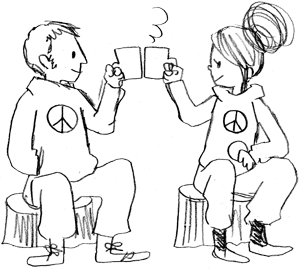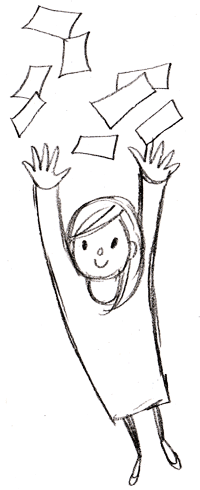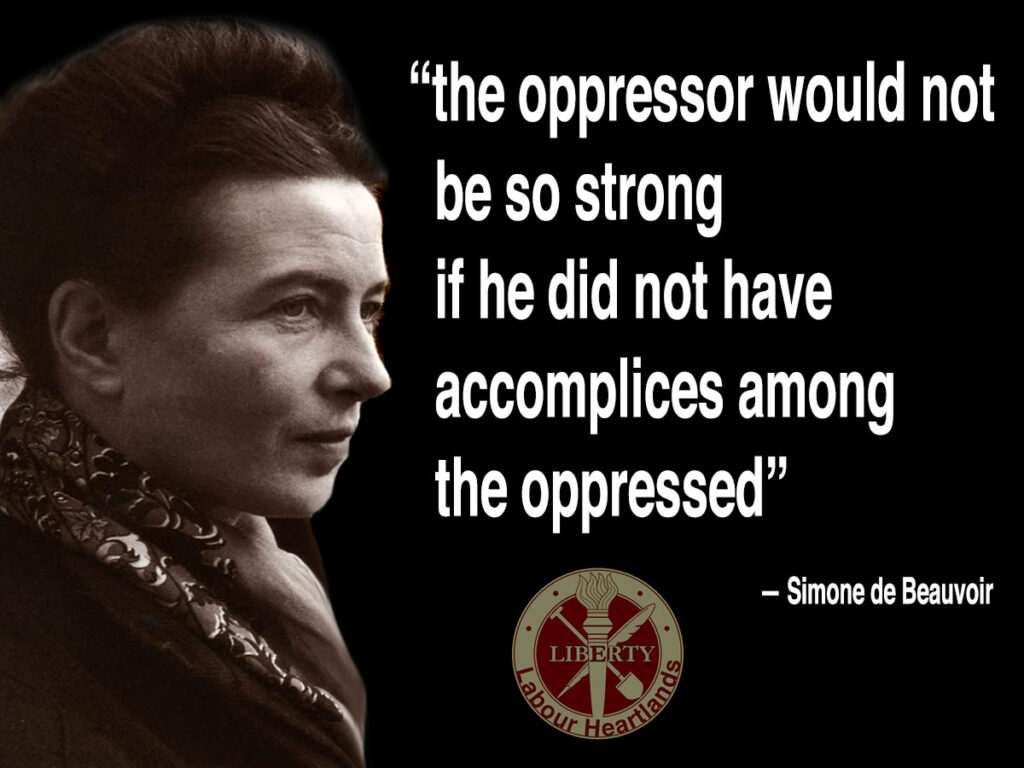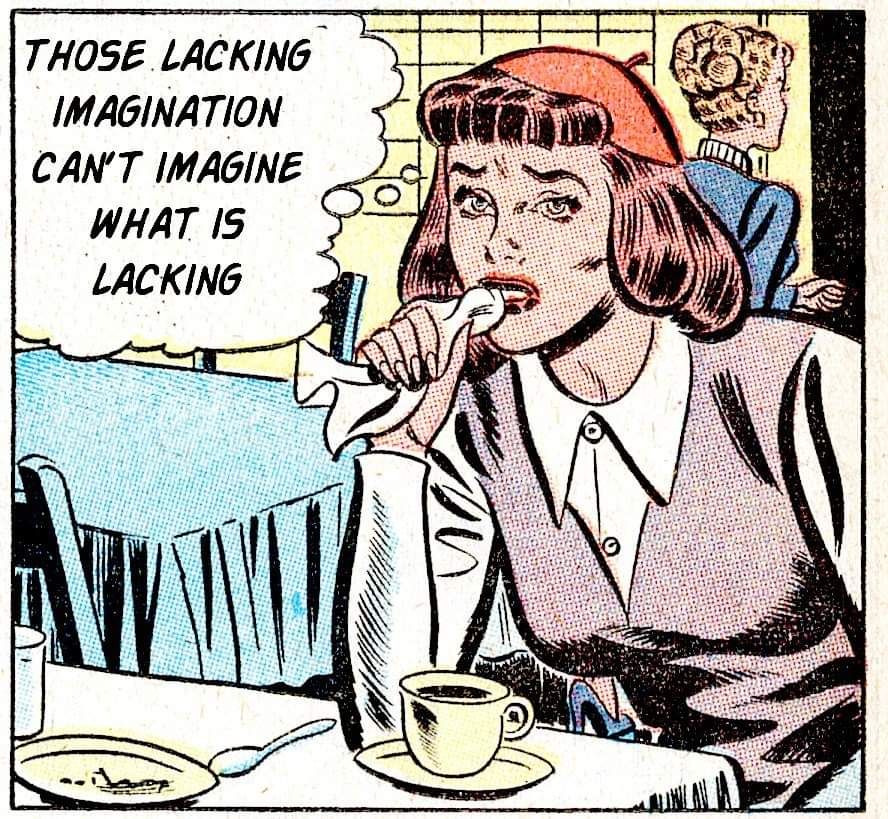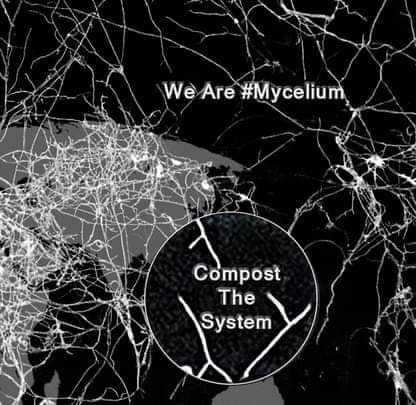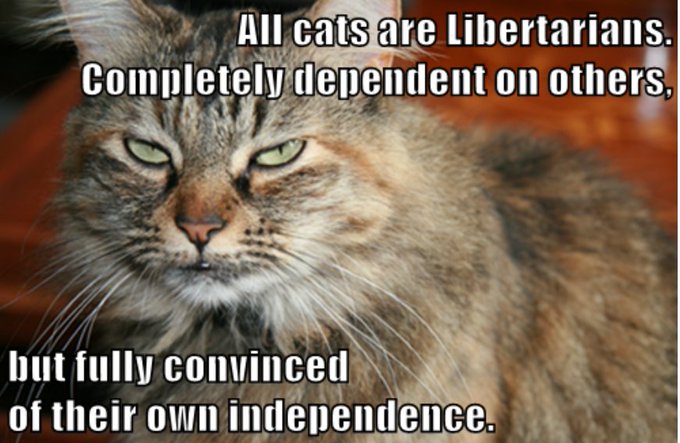For two decades, activist tech has been stuck in a defensive crouch. We’ve built bunkers (security tools, encryption layers, anonymity networks) but very few bridges. That’s left the field fragmented, insular, and often unattractive to the people we’re supposedly trying to empower.
If the aim is to push social change and challenge rather than just survive, here’s what I think needs building:
- #4opens-native infrastructure Open data → not just sharing docs, but making activist knowledge queryable, remixable, reusable. Open source → tools that anyone can template and that are designed for non-geek participation. Open process → transparent decision-making, recorded and accessible, not locked in Discord chats and private Signal groups. Open standards → making sure our platforms talk to each other rather than becoming new silos.
Right now, most “secure” activist tools violate at least two of these, which is why they never scale socially.
- Publishing-first culture (#OMN approach)
Defensive tools keep activists inside – whisper networks, encrypted groups – but change needs broadcast. We need infrastructure for:
Collaborative publishing (like a modern Indymedia, federated rather than centralised)
Native-to-activist communities, not corporate platforms with activist skin
Embeddable media flows that any group can plug into their own site and feed back into the commons- Bridges between the “geek” and the “street”
We keep losing people at the handover point between coders and campaigners. This means:
Building social UX: not just “usable” but welcoming, narrative, and easy to onboard without a training camp
Open governance for projects, so they don’t ossify into closed dev clubs
Mixing online and offline organising so the tech is embedded in the movement, not floating above it- Messy but live governance (#OGB model)
Most activist tech projects fail when the original team burns out or falls out. We need:
Federated governance where each node makes its own calls but can still coordinate
Lightweight, transparent conflict resolution instead of exile-by-moderator
Structures that reward contribution over gatekeeping- Narrative + polemic
Tech alone doesn’t move people, stories do. The #4opens path should be wrapped in cultural work: films, zines, podcasts, political memes, all pointing back to live, working tools people can join today.
Why this matters: If all we do is encrypt ourselves into tiny rooms, we’ve already lost – the social fabric will rot away outside those walls. Encryption is necessary for many struggles, but it’s not sufficient. Positive activist tech must be porous, messy, and visible, because change needs an audience and a route for people to join.
Bridges: An activist tech roadmap
We’ve made excellent hiding places – but the point was never to hide. What we need to stop building. (Let it compost – it’s done its job, or it was a dead-end from the start?)
Paranoid toys for the already paranoid. Endless “yet another secure messenger” forks for people who already have six installed.
Security fetishism that confuses obscurity with safety.
Crypt bro sandcastles. Blockchain “liberation” projects that replicate Silicon Valley greed, gated by tokens and VC hype.
Anything that smells like replacing corporate overlords with slightly more smug overlords.
Single-issue encryption fortresses. Tools so focused on privacy that they have zero public presence or outreach capacity. Result: the tech survives, but the movement starves for connection.
Endless horizontal-but-empty governance “frameworks” Looming Google Docs full of aspirational process that nobody follows in practice. No real community roots, just “process cosplay.”What to start building (This is the real #4opens + #OMN work)
Social-first tech stacks. Start with people, not protocols.
Build interfaces that encourage conversation, collaboration, and collective memory.
#4opens principles applied to UX, governance, and hosting — not just the code repo.
Native governance baked into the stack. #OGB-style decision-making visible and accessible to every user. Influence exercised in the open, with accountable stewardship, not backroom admin chat.
Open media networks that publish first, secure second. #OMN-style federated publishing where public content flows freely, while personal data defaults to private. Focus on amplifying radical stories instead of just hiding them better.
Tools that make bridges not walls. Mediating the signal-to-noise rather than blocking at the first whiff of disagreement. Spaces where trust can grow between different grassroots tribes without falling into the #NGO/#dotcons gravity well.
Composable, messy, repairable tech. #KISS principles, with the option for local hacks and templates. Document the how and why so that when projects die, others can compost them into new growth.The call-out is we can’t code our way out of the #deathcult with bunker software. The way forward is messy, social, and built in the open. Let’s stop pretending that better locks will save us, and start making better streets for our movements to meet, cooperate, and fight together.
The #4opens + #OMN path is the stepping stone back into the light. Take it, or stay buried.
